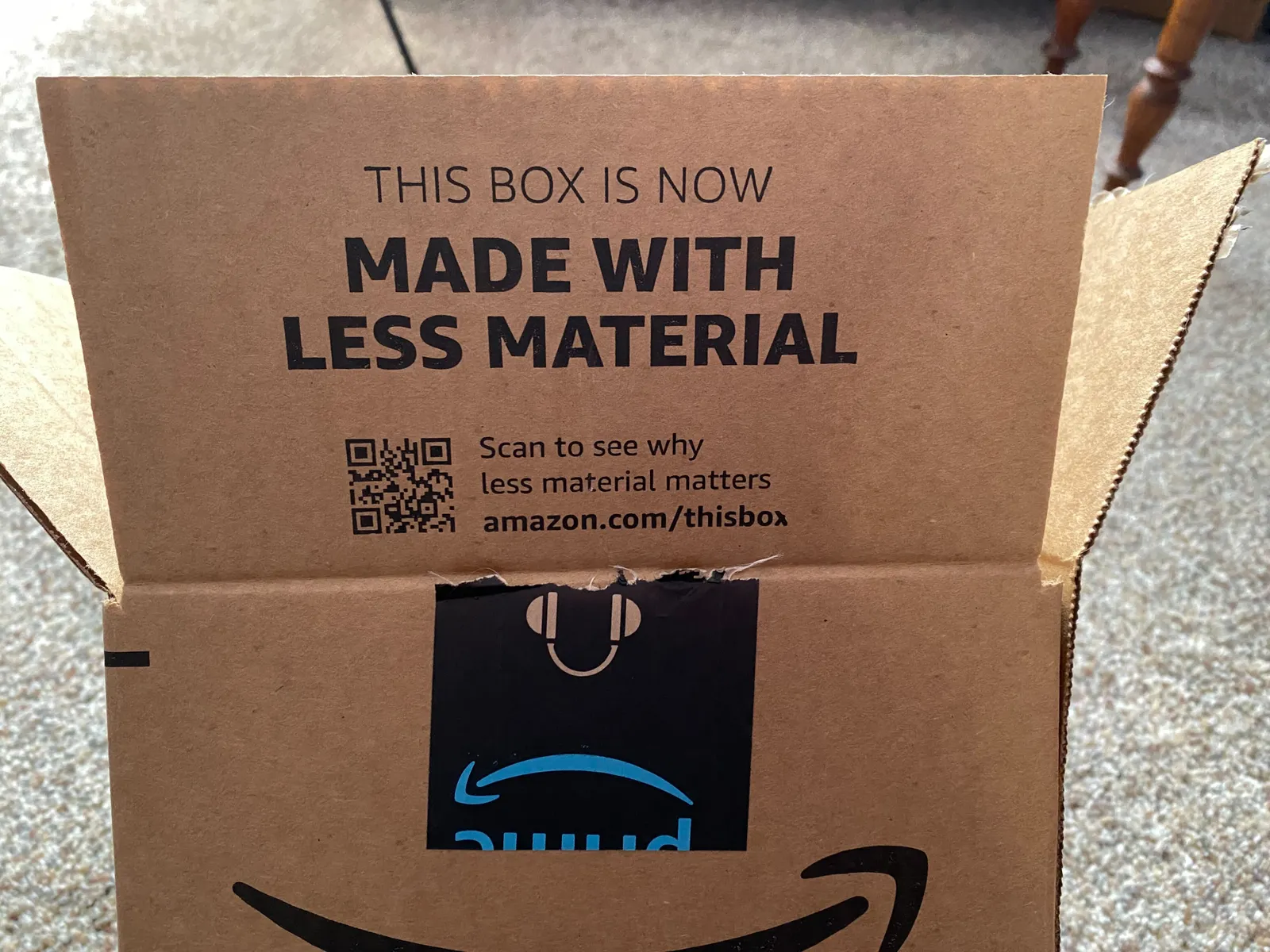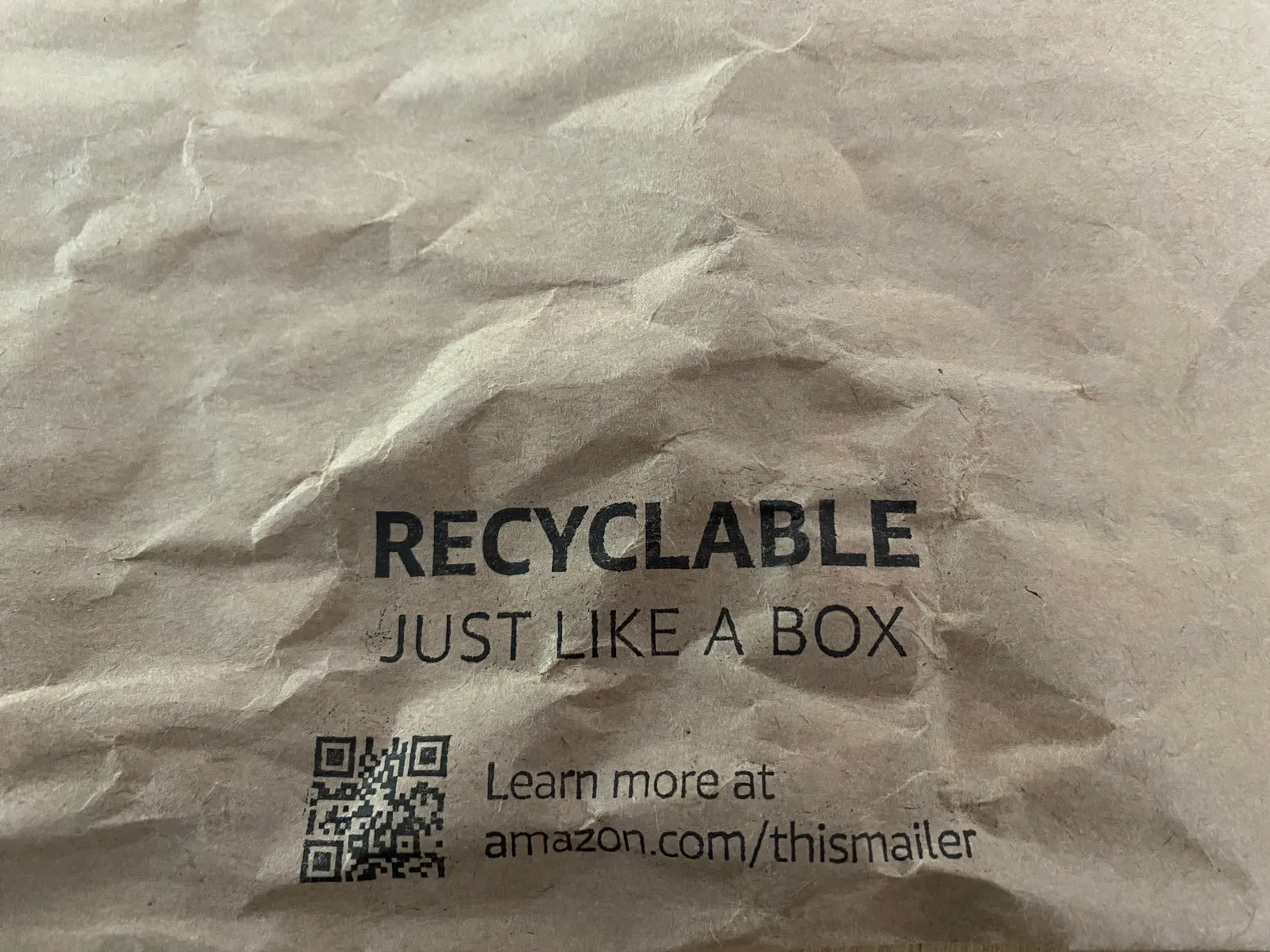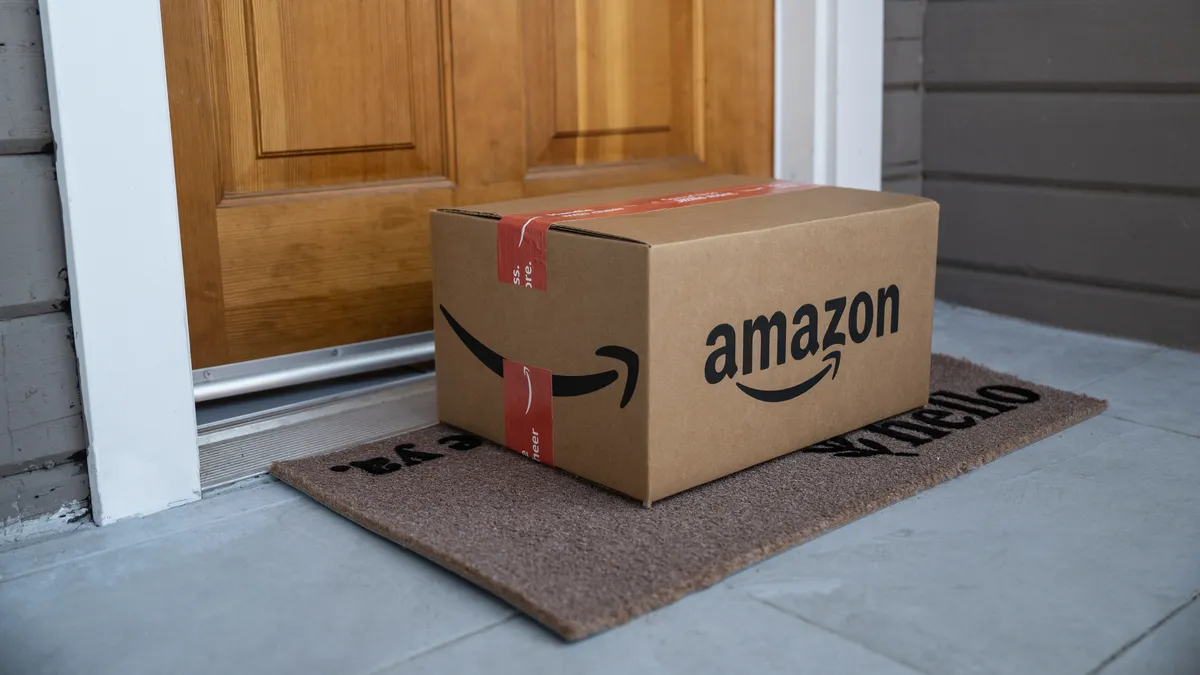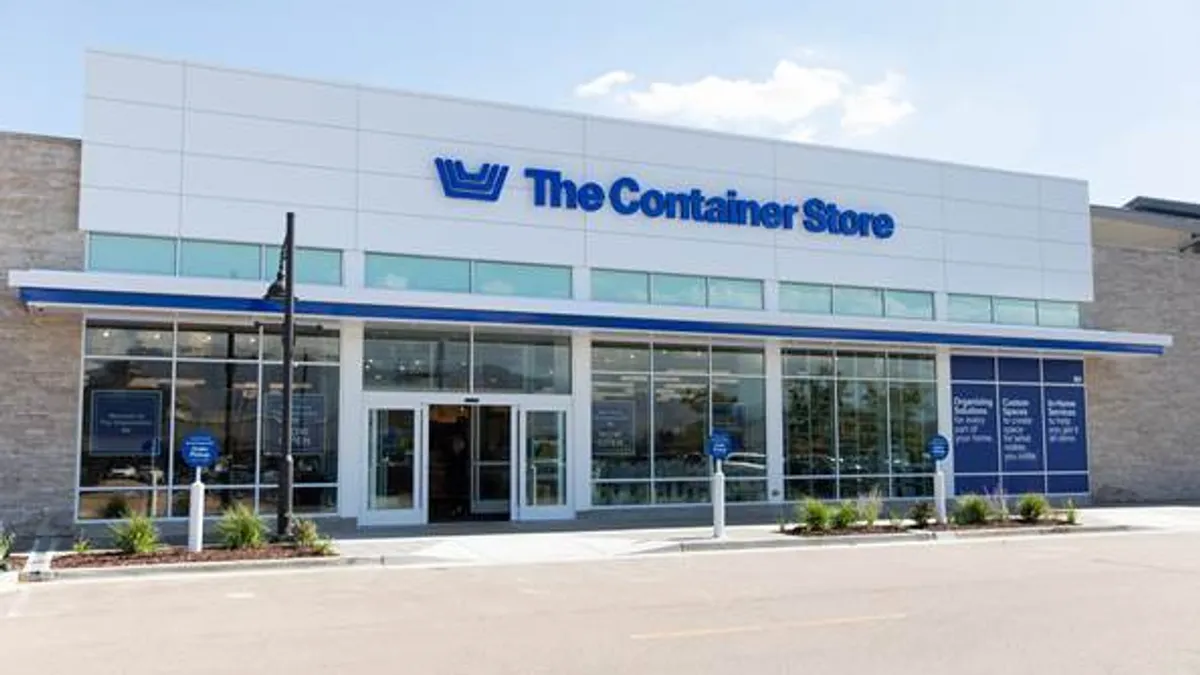The connection between cardboard boxes piling up on doorsteps and booming corrugated packaging volumes during the pandemic was obvious. Following dampened results from e-commerce giants during the first quarter of 2023, some concerns arose about the effect e-commerce’s recent downtrend could have on packaging going forward. They are connected, but the relationship between the two is complicated, experts say.
“The tie between e-commerce dropping and corrugated boxes is a bit overblown,” said Myles Cohen, founder of consulting firm Circular Ventures. “E-commerce might be a bit soft, but it's not what's moving the needle in the wrong direction for corrugated boxes. It’s a factor, but it’s a small factor.”
The e-commerce dips aren’t necessarily abnormal, nor are they strong indicators of an impending wider recession across packaging and other industries, suggested Jess Dankert, vice president for supply chain at the Retail Industry Leaders Association. Instead, the slowdown signals a return to a level of business activities considered traditional prior to the global supply chain disruption caused by the COVID-19 pandemic.
Pandemic push
E-commerce and corrugated boxes alike experienced demand surges early in the pandemic as consumers quickly shifted from in-person to at-home shopping, and backlogs and supply chain snarls ensued. Another quick consumer shift from goods to services as pandemic restrictions eased resulted in excess inventories.
Now, e-commerce and box companies are in the midst of multiple quarters of demand dips and destocking activities, as referenced in recent earnings calls. And this year, e-commerce and shipping giants Amazon, FedEx, UPS and Walmart signaled leaner times ahead when they announced various measures for downsizing, restructuring and/or layoffs.
But the sky is not falling, sources say. Rather, e-commerce demand simply is normalizing to pre-pandemic levels, and companies are downsizing to reverse nearly three years of inflated volumes and rapid hiring.
“Obviously, there was a huge surge during the early years of the pandemic, and a lot of the questions and conjectures were around how much of that was going to stick,” Dankert said. “That jump is kind of rationalizing to where it ordinarily would have been had we not had that unusual spike.”
Packaging companies also have had to adjust to recent inventory destocking and demand dips following a pandemic leap. But that once-heightened demand occurred across many retail and food sectors, not just e-commerce.
During its Q1 earnings call, Packaging Corporation of America Executive Vice President of Corrugated Products Tom Hassfurther said that certain business segments shot up as much as 200% early in the pandemic and have receded significantly since then. He said the resulting destocking means “we’ve had to sort through this volume situation a little longer than what we would have hoped.” PCA executives noted a 12.7% year-over-year decline in box shipments during the quarter, with CEO Mark Kowlzan saying “demand in the packaging segment was well below our expectations.”
International Paper’s box sales were down 9.1% year over year, partly because of destocking and a “surprise” demand dropoff in March, executives said on their earnings call.
The lower demand and destocking trends go beyond fiber, too.
“Other substrates such as plastics and metals are not immune to what's going on, as everybody is seeing a decline right now,” said Circular Ventures’ Cohen, who formerly was president of Pratt Recycling. "It seems to be a global phenomenon; it's not only happening in the U.S."
Berry Global, for example, reported during its Q1 earnings call a nearly 13% year-over-year decline in net sales and ongoing demand challenges while announcing plans to rationalize 15 facilities across its sectors. And Ball Corporation reported a 7.2% year-over-year decline in Q1 net sales, in part due to lower beverage can shipments.
Dankert explained that the e-commerce dip also shouldn’t necessarily be viewed as an indicator of a looming recession. E-commerce volumes normalizing and packaging executives reporting stronger April numbers are creating optimism for the coming quarters. Although economic uncertainty remains across a plethora of business sectors, retail’s strongest points of the year are right around the corner. Based on what RILA employees are hearing from members, the group anticipates consistent e-commerce and broader retail volumes for the remainder of 2023.
“We'll probably see some [volume] bumps in the back-to-school timeframe, and then certainly heading into fall and into the peak [season],” Dankert said. “We anticipate steady growth from e-commerce and not very much of a fall off in most retail sectors.”
The ties that bind

The health of the box sector is tied to the health of retail, to some degree, but e-commerce only constitutes about 8-10% of corrugated box shipments, Cohen said. Thus, e-commerce softness shouldn’t instantly induce panic for packaging.
Cohen said a much more influential demand pressure currently transforming the sector is the move to lightweighting and using less packaging.
“There’s a lot of environmental pressure for e-commerce to reduce the size of packaging,” Cohen said. “This is particularly noteworthy for corrugated because compared with mass retail, like big box stores, corrugated has dismal recycling rates from residential households.”

Amazon, for instance, has made a concerted effort to reduce not only the size and weight of its boxes, but also the number of them used. It has shifted to using more alternative packaging, like flexible mailers.
The company cites the packaging shift in its sustainability reporting, noting that it reduced its per-shipment packaging weight by 38% between 2015 and 2021 and eliminated 1.5 million tons of packaging. Corrugated boxes were used for 43% of shipments, while flexible mailers — both fiber and plastic types — were used for 49%. However, Amazon’s plastic use faces scrutiny; shareholder advocacy nonprofit As You Sow introduced a resolution that in part says the e-commerce giant has fallen behind competitors in reducing virgin plastic use.
Sustainability is “critically important” to RILA members, Dankert said, and a lot of those considerations center on reducing e-commerce emissions and packaging. In some cases, that means displacing box use.
“Retailers are doing some really exciting things” in terms of more efficient packaging choices for e-commerce orders, including some “at the intersection of supply chain and e-commerce and sustainability,” she said.
The sustainability evolution could even lead beyond the use of disposable packaging.
“There is potential in a lot of the pilots out there around reusable packaging for e-commerce orders,” Dankert said.























